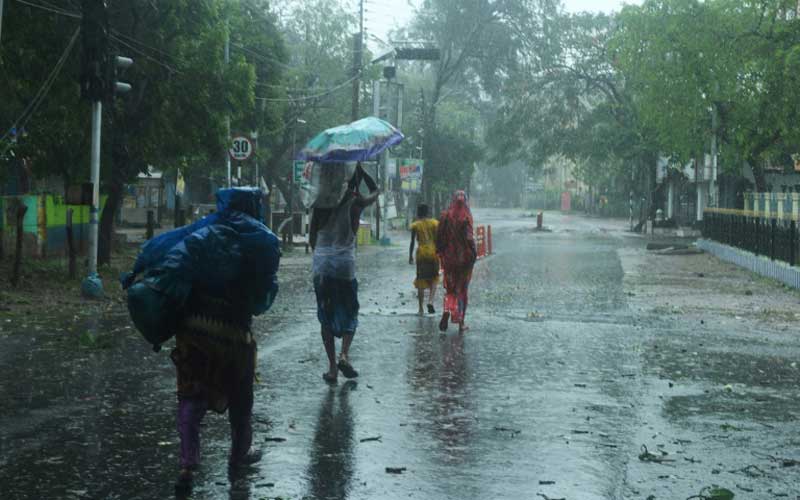×
The Standard e-Paper
Read Offline Anywhere

Authorities have scrambled to evacuate people away from the path of Amphan
Several million people battened down on Wednesday as the outer edges of the fiercest cyclone in decades rattled Bangladesh and eastern India, potentially bringing widespread destruction and misery in its wake.